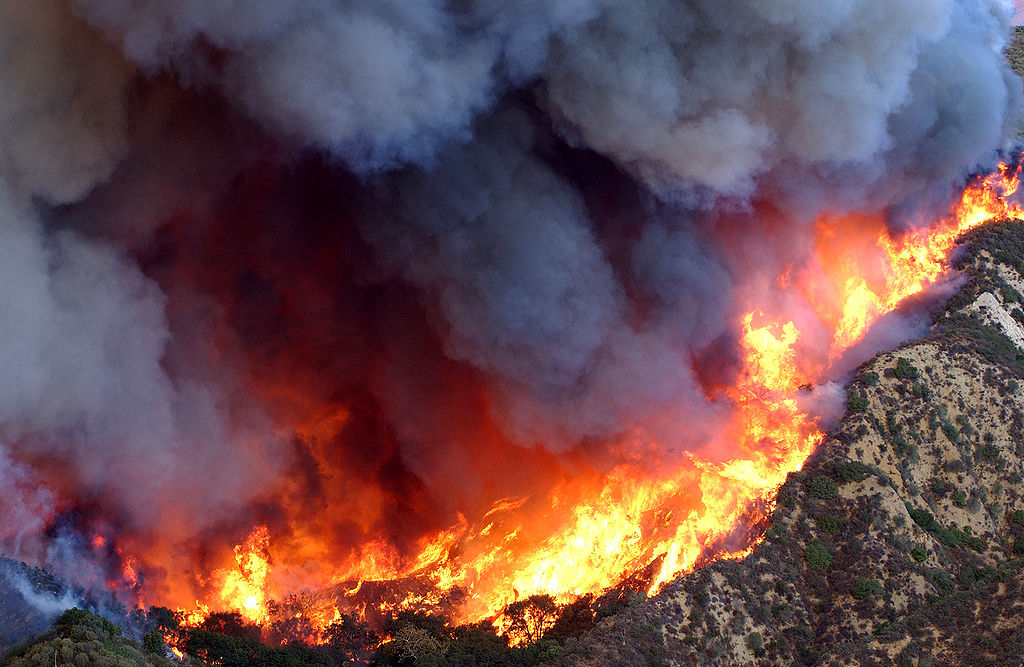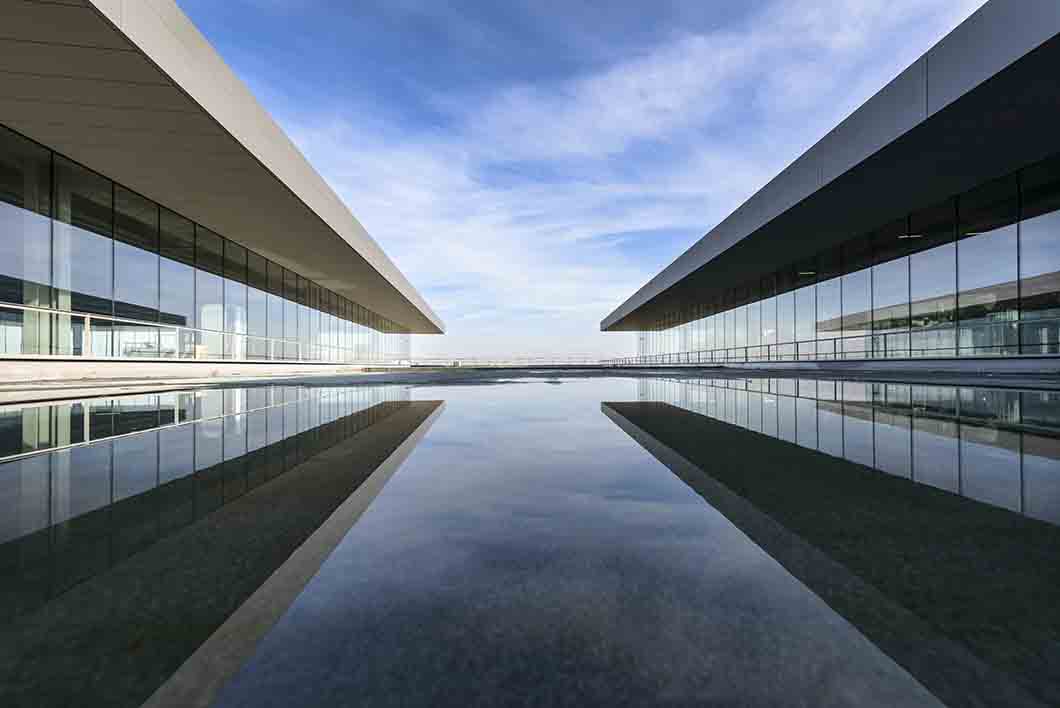

Building Resiliency in the Pacific Northwest


In the Pacific Northwest, the increasing frequency and severity of climate-related disasters, such as wildfires, floods, and storms, pose significant challenges to insurability.
Here are some effective risk-reduction strategies that can help mitigate these risks:
Wildfire Mitigation: Implementing defensible space around properties by clearing flammable vegetation, using fire-resistant building materials, and maintaining proper spacing between trees can significantly reduce wildfire risk. Community-wide efforts, such as controlled burns and forest thinning, also play a crucial role.
Flood Management: Enhancing flood defences by constructing levees, floodwalls, and retention basins can help manage flood risks. Additionally, restoring natural floodplains and wetlands can absorb excess water and reduce the impact of flooding.
Stormwater Management: Implementing green infrastructure, such as permeable pavements, green roofs, and rain gardens, can help manage stormwater runoff and reduce the risk of urban flooding.
Building Codes and Zoning: Updating building codes to require more resilient construction practices and materials can improve structures’ ability to withstand climate-related events. Zoning regulations can also prevent development in high-risk areas like floodplains and fire-prone regions.
Community Preparedness and Education: Educating communities about the risks and encouraging preparedness measures, such as emergency planning and evacuation drills, can enhance resilience. Community-based programs that promote awareness and collaboration can also be effective.
Insurance Incentives: Offering incentives for property owners who implement risk reduction measures, such as discounts on insurance premiums, can encourage proactive steps to mitigate risks.
Ecosystem Restoration: Restoring natural ecosystems, such as forests and wetlands, can enhance their ability to buffer against climate impacts. Healthy ecosystems can provide natural barriers to disasters and improve overall resilience.
Climate Adaptation Planning: Developing comprehensive plans addressing the region’s vulnerabilities can guide long-term risk reduction efforts. These plans should be regularly updated to reflect changing conditions and emerging risks.
By implementing these strategies, communities in the Pacific Northwest can reduce their vulnerability to climate-related disasters and improve their insurability.
_______________________________
Recent Posts
How California can rebuild safer, more resilient cities after wildfires
The catastrophic LA wildfires were a powerful reminder that governments and communities need to think…
Mobilizing Resilient Design and Construction
Implementing a multifaceted strategy can motivate state and local governments to prioritize resilient design and…
Insurance Pricing: Navigating a New Era of Risk
The growing frequency and severity of climate-related disasters present a significant challenge for the insurance…
Designing for Resilience … It’s A Must
We see far too often structures built to current code that lack planning and design…
What are the Real Benefits of Designing for Resilience
While designing for resilience requires initial investments, the long-term payoffs often far outweigh these costs.…
Reducing Disaster Risks and Protecting Insurability in the Pacific Northwest
Proactive measures to enhance resilience and preparedness are critical to mitigating insurability risks. This will…

